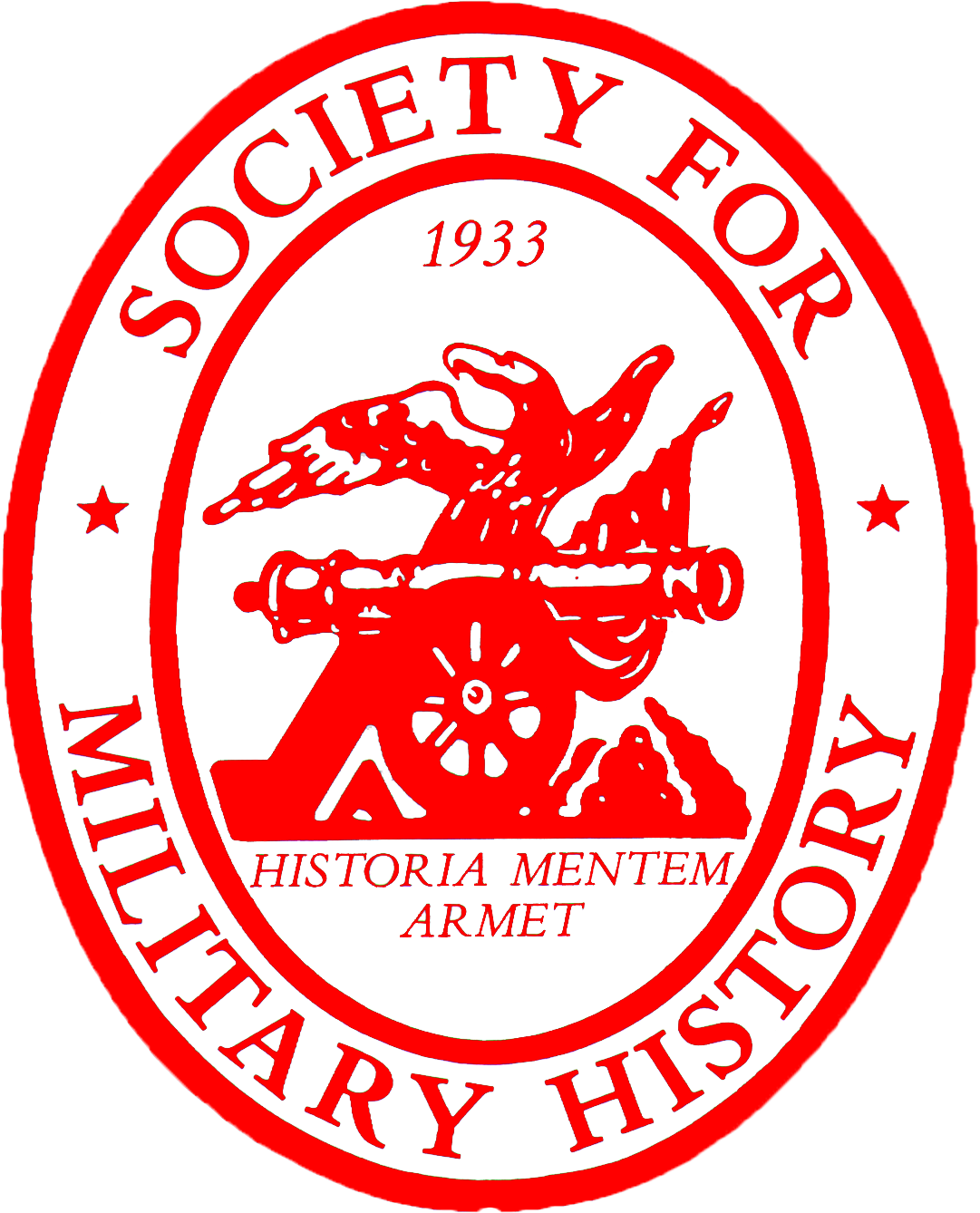
Archivo Belisario Porras
by Micah Wright
Texas A&M University
The Archivo Belisario Porras falls under the auspices of the Instituto del Canal y Estudios Internacionales, an organization that coordinates research projects treating aspects of the Canal and its wider significance. The archive is located on the bottom floor of the Simon Bolivar Library at the University of Panama, in the Cangrejo neighborhood of Panama City. Similar to a U.S. presidential library, the archive’s collections consist mainly of correspondence, both official and personal. Some of the most frequently consulted series include correspondence between Dr. Porras and the Secretaria de Relaciones Exteriores, the Secretaria de Hacienda y Tesoro, and the Secretaria de Gobierno y Justicia. Another interesting collection can be found in several boxes of documents gleaned from the Costan Rican National Archives related to Panama in the nineteenth century. The same suite of rooms also hosts the Oficina de Relaciones de Panamá con los Estados Unidos (ORPE), which contains a collection of scholarly works, journals, and undergraduate theses, as well a map collection that may prove useful to researchers.
While no appointment is required, researchers are encouraged to contact the staff before arrival. The archive follows the wider university schedule, and some holidays may not be readily apparent to foreign scholars. Moreover, because the archive is quite small, it is staffed by only one full-time archivist, with a secretary manning the ORPE. Both of these staff members are dedicated to smoothing the research process and go beyond the call of duty in locating specific documents. But, a scheduled meeting or unexpected illness may close the office for the day. Advanced notice will ensure that graduate students find someone there to greet them.
One factor that may contribute to the underutilization of the archive’s valuable documents is the lack of guides online. In fact, the archive does not have a webpage. Thankfully, a number of the collections have been cataloged as undergraduate theses. Depending on the nature and scope of the project, one should expect to spend some time conducting the initial interview and referencing these catalogs before getting underway. In addition to the ability to read Spanish documents, researchers should have a basic proficiency in spoken Spanish. While the staff shows remarkable patience with nonnative speakers, neither is fluent in English. Newcomers may also be surprised by the procedure of conducting research at the Archivo Porras. The research room also contains the entirety of the collections, and scholars “pull” their own boxes as needed. Document series are generally organized chronologically by year (or sets of years) and alphabetically by last name within each box. This method of organization may present challenges for those seeking information about an event rather than specific historical figures. In order to ensure efficiency, graduate students would do well to conduct enough background research to know the key figures pertinent to their study (for example, the names of local alcaldes) before arrival. The room is open Monday through Friday from 8 a.m. to 4 p.m
As a smaller archive, the Archivo Porras lacks some of the amenities common to national archives and major research centers. Not all of the reference tables are adjacent to power outlets, for example, and researchers keep their belongings with them while in the reference area. Those using the microfilm collections may be put off by the single aged microfilm reader available in the main room. Aside from these considerations, the center is a comfortable and rewarding place to conduct research, mainly because of the friendly and helpful staff. Scholars may use a digital camera, though the archive requires that a permission form be filled out for each document.
Cangrejo is one of the more expensive areas of the city and contains a number of upscale hotels, a casino, and other businesses that cater to tourists. Several of these hotels are located directly across the street from the university, within two blocks of the Bolivar Library. Graduate students on a budget may be better served by seeking accommodations in less central barrios, such as Río Abajo. Visitors to Panama City can make use of the city’s public bus network (Metrobus) or privately owned buses (the infamous diablo rojo). Both options cost twenty five cents per trip, although in order to access the Metrobus, one needs to purchase a Metrocard for two dollars from any of a number of local businesses. Taxis are also plentiful, but foreign scholars should be aware that fares are quite different for locals and tourists. Be prepared to haggle in order to avoid the tourist surcharge. Panama City offers accommodations in all price ranges, from the $150 a night (or more) of the upscale hotels near the archive to hostels that can range from $18 to $40 a night. For longer stays, many of these hostels offer monthly rates, generally in the vicinity of $550 to $600 a month.
(Fall 2012)
